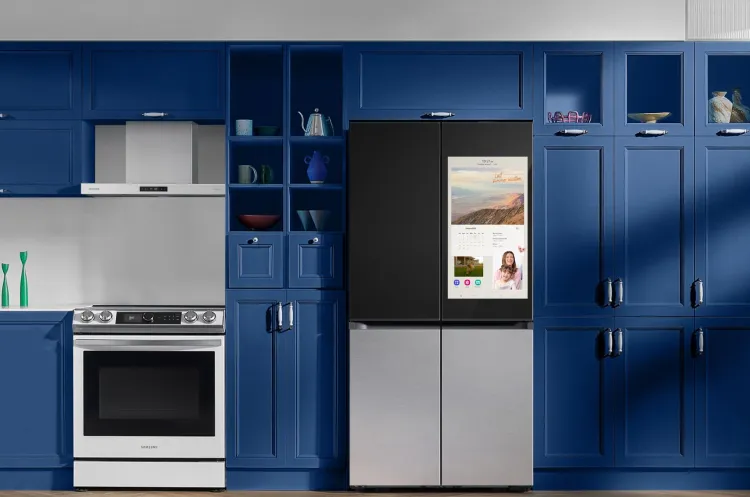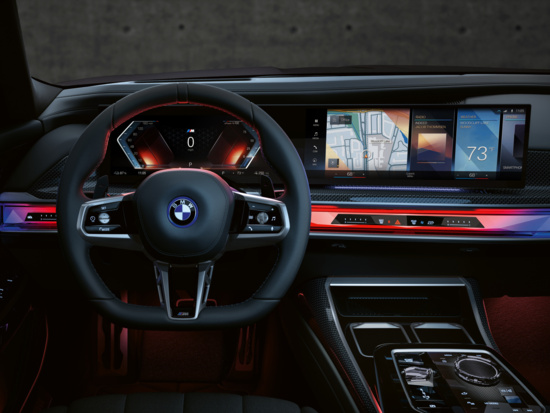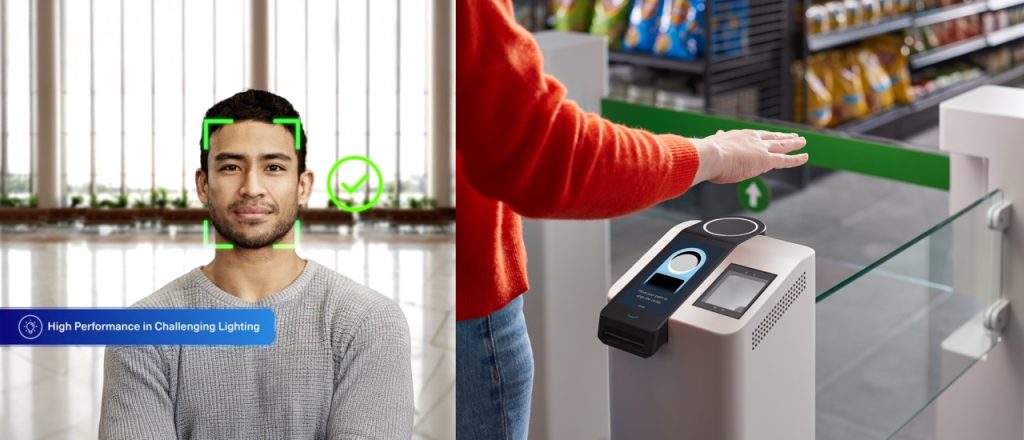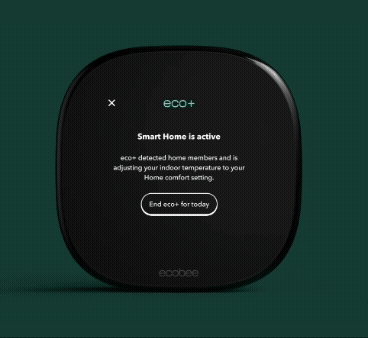Designing the Unseen: How Zero UI Is Changing Interaction
A World That Responds Before You Ask
The light switches on as you enter. Your smartwatch nudges you before stress builds. Your car lowers the volume the moment you speak. None of these require tapping, swiping, or even looking at a screen.This isn’t a futuristic fantasy—it’s the growing reality of Zero UI, where technology becomes invisible yet deeply present.
What Exactly Is Zero UI?
Zero UI—or Zero User Interface—refers to a design approach where human–computer interaction happens without visible screens or controls. Instead, everyday technology responds through:
- Voice (smart assistants, cars, connected appliances)
Samsung smart fridge (Family Hub) — voice recognition to identify family members and display personalised content.

[Source: theverge.com/news/samsung-smart-fridges-bixby-voice-recognition-bespoke-ai]
- Gestures (BMW gesture navigation, AR/VR environments)
Gesture Control allows drivers to manage iDrive features (volume, calls, navigation) using simple hand motions via an overhead sensor above the center console.

- Biometrics (facial recognition, palm-based payments)
Biometrics replace explicit input: from unlocking with facial recognition to making payments with Amazon One, where a simple palm hover secures access—no password, card, or device required.

[Sources: [Sources: hidglobal.com | amazonone.aws.com]
- Context-aware systems (lights or thermostats adapting automatically)
Uses occupancy detection and geofencing—if it senses no one is home or your phone is away, it saves energy automatically.

[Source: ecobee.com/en-us/smart-thermostats]
The goal is not to erase design, but to erase friction—making experiences feel natural and ambient.
Zero UI in Everyday Life
Zero UI is already woven into our routines:
- Smart Homes: Philips Hue adjusts light intensity with motion and daylight sensors. Nest thermostats learn and predict temperature preferences.
- Automotive: Mercedes MBUX interprets conversational voice commands, while BMW integrates gesture control to reduce distractions. Some vehicles even feature trunks that open hands-free with a simple foot gesture.
- Healthcare: Wearables like Apple Watch detect irregular heartbeats and prompt alerts before the user even notices symptoms. Smart safety vests for elderly people can automatically trigger an alert in case of a fall.
- Retail: Amazon Go eliminates checkout altogether—vision sensors and AI track items, while payment happens automatically.
Why UX Strategy Must Adapt
As screens fade, UX shifts from visual design to environmental design.
Key implications include:
- Designing for anticipation: Contextual AI predicts user needs (reminders to carry an umbrella when rain is forecast).
- Creating multimodal experiences: Sound cues, haptics, and ambient lighting replace icons and text.
- Balancing accessibility with inclusivity: Systems must understand diverse voices, accents, and gestures—while offering fallback options.
- Building trust through transparency: Always-listening devices and biometric data must be handled with clear privacy frameworks.
Why This Matters for Businesses
The competitive advantage is no longer found in how polished an interface looks—but in how seamlessly it integrates into daily life.
- Products that anticipate needs will feel intuitive.
- Services that overexpose screens may soon feel outdated.
- Brands that invest in trust and invisible design will gain user loyalty in a crowded market.
The Bigger Picture
The move toward Zero UI is part of a broader shift: technology that blends into environments instead of standing in front of them. From smart homes to hospital rooms, from vehicles to workplaces, the expectation is growing: technology should simply work, without demanding constant attention.
The future of design will not be defined by what we see—it will be defined by what we no longer need to see. Zero UI is not about removing design, but about designing experiences so natural they almost disappear. For businesses and creators, the challenge is clear: if the interface vanishes, what remains is the pure experience. And that’s what users will remember.
